Designing Computational Tools for Behavioral and Clinical Science
Automatic analysis of human affective and social signals brought computer science closer to social sciences and, in particular, enabled collaborations between computer scientists and behavioral scientists. In this talk, I will highlight the main research areas in this burgeoning interdisciplinary area, and provide an overview of the opportunities and challenges. Drawing on examples from our recent research, such as automatic analysis of interactive play therapy sessions with children, and diagnosis of bipolar disorder from multimodal cues, as well as relying on recent examples from the growing literature, I will explore the potential of human-AI collaboration, where AI systems do not replace, but support monitoring and human decision making in behavioral and clinical sciences.
Finding and Fixing Design Debt
In this talk I will discuss a common and pernicious form of technical debt--called design debt, or architecture debt. I will briefly present the theoretical foundation behind this form of debt and present a broad set of evidence demonstrating its dramatic effects on project outcomes. That is the bad news. The good news is that we can fully automatically pinpoint the causes and scope of such debt. I will describe how we can automatically locate it, measure it, and create the business case for removing it. Finally, I will explain how we can remove--pay down--this debt via refactoring. I will also sketch some of my experiences in transitioning the tooling to do so with industrial partners, and describe some of their experiences and outcomes.
By:

Albert Ali Salah is Professor of Social and Affective Computing at Utrecht University and Adjunct Professor with the Computer Engineering Department at Boğaziçi University. He works on computer analysis of human behaviour, multimodal interaction, and affective computing. He has written over 200 scientific works in these areas, including an edited book "Computer Analysis of Human Behavior". He is an associate editor of IEEE Trans. on Affective Computing, IEEE Trans. on Cognitive and Developmental Systems, and Int. Journal of Human-Computer Studies, serves in the steering board of eNTERFACE and ACM ICMI, and is a senior member of IEEE and ACM.
By:

Rick Kazman is a Professor at the University of Hawaii and a Visiting Researcher at the Software Engineering Institute of Carnegie Mellon University. His primary research interests are software architecture, design and analysis tools, software visualization, and software engineering economics. Kazman has been involved in the creation of several highly influential methods and tools for architecture analysis, including the ATAM (Architecture Tradeoff Analysis Method), the CBAM (Cost-Benefit Analysis Method) and the Dali and Titan tools.
He is the author of over 200 publications, co-author of three patents and eight books, including Software Architecture in Practice, Technical Debt: How to Find It and Fix It, Designing Software Architectures: A Practical Approach, Evaluating Software Architectures: Methods and Case Studies, and Ultra-Large-Scale Systems: The Software Challenge of the Future. His research has been cited over 24,000 times, according to Google Scholar. He is currently the chair of the IEEE TAC (Technical Activities Committee), Associate Editor for IEEE Transactions on Software Engineering and member of the ICSE Steering Committee.
Kazman received a B.A. (English/Music) and M.Math (Computer Science) from the University of Waterloo, an M.A. (English) from York University, and a Ph.D. (Computational Linguistics) from Carnegie Mellon University. How he ever became a software engineering researcher is anybody’s guess. When not architecting or writing about architecture, Kazman may be found cycling, singing acapella music, playing the piano, on practicing Tae Kwon Do.
Sponsors




 EICS 2021
EICS 2021